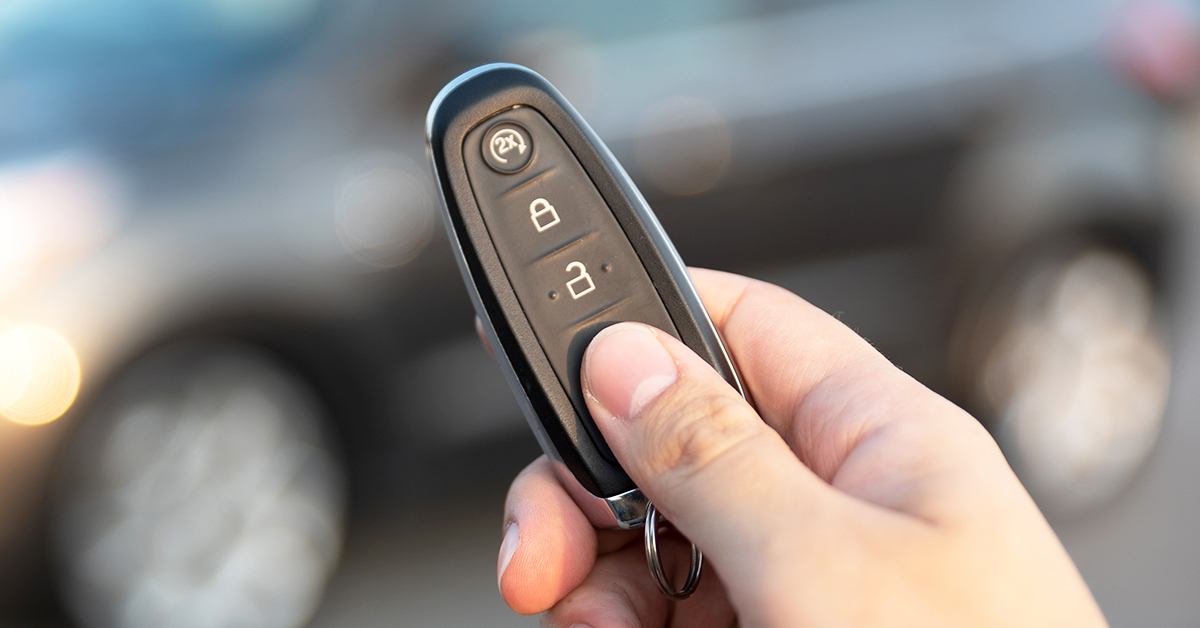Keyless Entry Systems Are Convenient, But Come With Risks
Keyless Entry Systems Are Convenient, But Come With Risks

Keyless entry systems are very common in today’s cars, but they aren’t entirely new. Debuting in the 1980s, “keyless entry” originally referred to a keypad used to enter a code that allowed the car’s doors to unlock. Today, remote keyless entry systems that use a key fob to unlock car doors are included with many models. These keyless entry systems often include keyless ignition systems that allow the car to start from a distance by pressing a button on the key fob.
More recently, smart key technology has eliminated the need for a traditional mechanical key. When near the car, the smart key fob sends a wireless code to the car’s computer, verifying that the key fob holder has permission to enter and start the car. Drivers simply get in with the smart key fob in their pocket or purse; press an on/off button and the car starts.
And while keyless entry and ignition systems are convenient, they present some issues that may surprise you.
Theft
Smart key technology uses radio signals to communicate with your car. Unfortunately, criminals have learned how to hijack and repeat that radio signal by using signal boosting relay boxes. These inexpensive scamming devices can trick your car into recognizing the key fob within the required proximity, even if the smart key fob is actually indoors or with the owner.
With the doors unlocked and the car believing that the driver is in possession of the key fob, a criminal simply needs to press the ignition button and drive away to steal a vehicle.
Owners of smart key enabled cars should store their smart key fobs in a signal blocking metal box or shielded pouch and away from their front door to stay out of range of any prying relay box devices.
Carbon-Monoxide Poisoning
Cars with push-button ignitions authorize the vehicle to start as long as the driver is carrying the smart key fob. This eliminates the familiar process of turning off the car’s ignition with a traditional key, which can lead to dangerous consequences.
For instance, a driver can park their car and simply walk out with the smart key fob, but the car may continue to run if they don’t push the on/off button. If the car is parked in a garage that is attached to a home, poisonous carbon-monoxide fumes can enter and put lives in danger.
This problem can be even more difficult to detect in hybrid cars that run quiet while in electric mode. The driver could easily park, get out of their car and walk away thinking that the silent car is no longer running when it is. The engine could restart itself and create a carbon-monoxide hazard.
Car manufactures are working to prevent this danger by designing idling cars to make a chirp or beep that can be heard outside if the driver exits with the smart key fob.
Dead Batteries
A smart key fob that is stored in range of its car can potentially drain the car’s battery. With the key remaining in communication with the car’s computer, the parasitic draw could result in a dead battery. This is another reason to keep your smart key fob stored at a proper distance from your car.
AAA members have the key to 24/7 roadside assistance and hundreds of budget saving discounts. Activate your membership today and SAVE $30.












